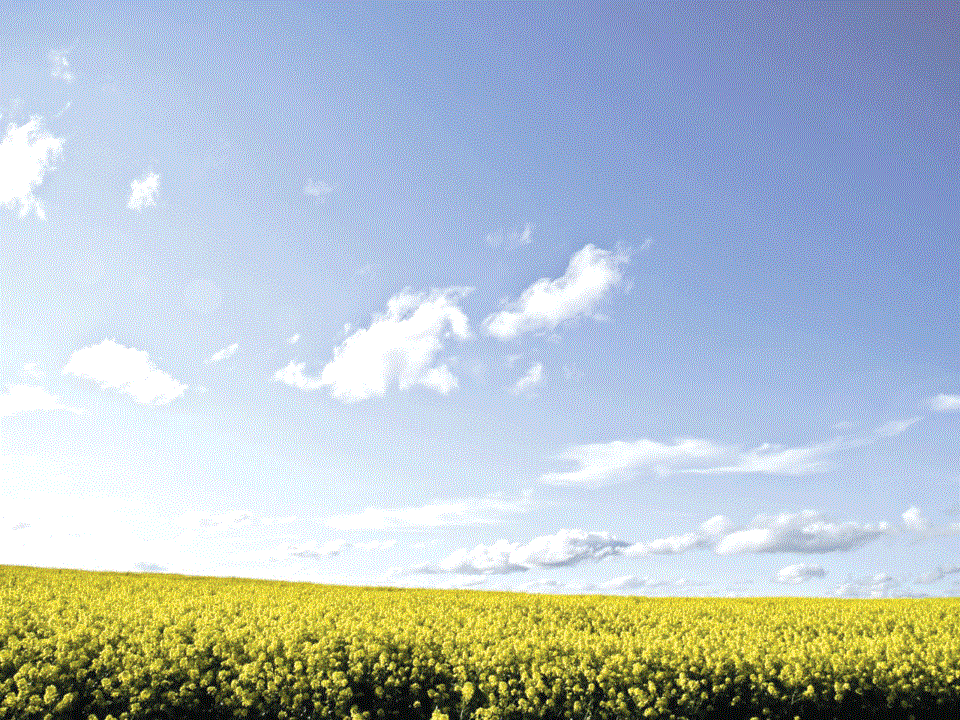This winter’s low snowfall means that minimal spring runoff throughout Saskatchewan is highly likely. The question arises: What does that mean for farms in the Estevan area?
Sherri Roberts, regional crop specialist with the Ministry of Agriculture said there is no single answer for what low runoff means for farmers in the area, due to the fact that minimal runoff depends on what the moisture conditions are, and have been, in different areas, on different land.
“It probably won’t be a problem for anyone in the southeast, except in areas that are short on moisture,” said Roberts. “It’s going to be spotty, depending on where you are.”
She noted that areas near Minton, for example, will not benefit from the reduced soil moisture that less runoff entails, since conditions have been drier, while it won’t be as much of a big deal for farmers in the Glenavon area.
“There were some areas near Estevan that have had some issues with late planting over the last couple of years because of that huge snow dump in the winter of 2013-2014,” said Roberts. “There were some fields that people were really late getting into. They weren’t able to because of the moisture issue. I don’t think that’s going to be a big problem this year.”
Roberts said because of the expected dryness some farmers in the southeast are predicting, at this rate, that they’ll be in the fields by March.
“Maybe they are, maybe they’re not,” Roberts said, with a chuckle. “We’re talking about predictions they made a couple of weeks ago. We can, all of a sudden, end up with a bunch of rain in March. Moisture doesn’t need to necessarily come in the form of snow.”
Roberts noted the anticipated dryness this spring and summer will be a blessing for many farmers who have had an excess of water in sloughs. With a dryer spring, some of the land that’s usually underwater will be farmable, provided it hasn’t been underwater for too long.
“In certain areas, they’ll be getting land back when those sloughs empty, and they’ll be able to farm there,” said Roberts. “They’ll be able to take the equipment right over there, and seed into those areas. It depends on how long those areas held water.”
She noted that if an area has been underwater for more than five years, the soil will not be viable, and the drier conditions exposing more land won’t be beneficial. Meanwhile, if the land has only been submerged in a slough for a couple of years, or only periodically submerged, the land could be seeded.
Roberts said pastures and hay land are more benefitted by slow runoff so that moisture can run deep into the soil, but if the runoff is minimal, the dry conditions will be hard on such types of land, since a great deal of pasture and hay land is already under stress from the widespread dry weather of last summer.
Trying to predict the growing season is difficult because things can change a lot between the winter and spring. Another variable that is difficult to predict is the temperature.
Roberts said that even if moisture levels are ideal, improper soil temperature will prevent early seeding. If the soil isn’t warm enough, seeds won’t germinate, and will eventually rot.
“If you want to plant soybeans, for instance, you want your soil temperature to be at 10 degrees Celsius,” said Roberts. “It doesn’t matter if the snow’s all gone on your field and you can work in it. If the temperature isn’t right, you’re going to need to delay your seeding.”




